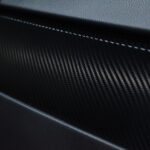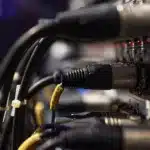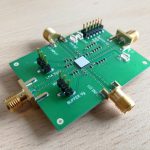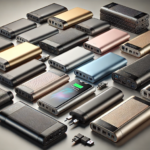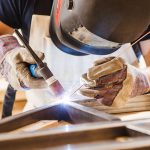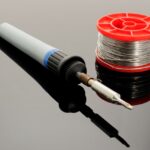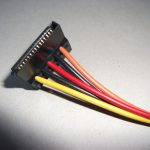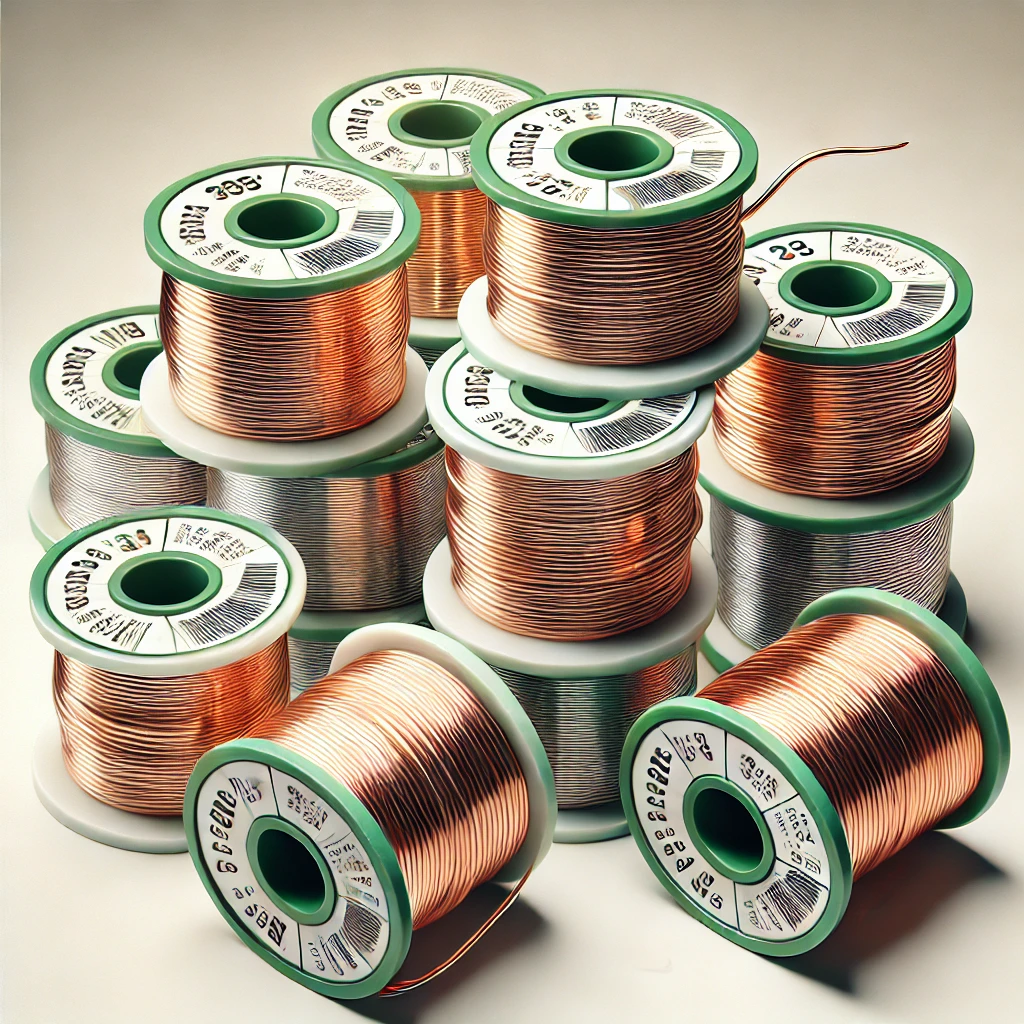
Introduction
When working with electronic components, soldering is an essential skill that creates strong electrical connections. But sometimes, excessive solder joints are left that need to be removed or cleaned up. This is where solder wicks are the best option. Understanding their function and significance can make a substantial difference in the quality of work and efficiency. In this article, we will discuss what solder wicks are, how they work, and why they are so vital in your electronics repair and assembly.
What are Solder Wicks? A Brief Introduction
Solder wicks, also called desoldering braids, are essential desoldering tools designed to remove unwanted solder from electronic components or circuit boards. They are a fine copper wire braid that is often coated with flux, a chemical agent (usually made of rosin or synthetic materials) that improves the solder flow. Most solder braids are made from fine copper wire due to copper’s excellent thermal conductivity and ability to absorb molten solder. These desoldering wicks are used in conjunction with a soldering iron to soak up excess solder, allowing you to remove unwanted connections or mistakes made during soldering cleanly. Additionally, desolder braids are available in various widths and lengths, catering to different sizes of solder joints and applications.
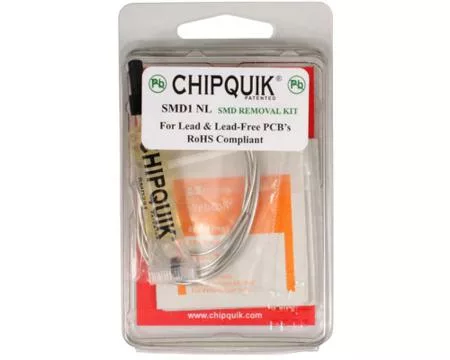
How Does a Solder Wick Work? A Brief Look at Its Usage and Working Principle
To use a solder wick, place the braid’s end over the solder you wish to remove. Then, press a hot soldering iron against the braid. As the solder melts, it is quickly absorbed into the braid through capillary action. The heat from the iron transfers through the braid, ensuring that the solder melts and is sucked away from the connection.
Popular Types of Solder Wicks Explained
Solder wicks are available in various types, with variations primarily in width and length. Some commonly used widths range from 0.8mm for delicate work to over 3mm for larger joints. A wider wick can absorb more solder in one pass, while narrower wicks are better for precise, small-scale jobs. Flux-coated wicks are also commonly preferred, as the flux helps the wick to absorb solder more effectively. In addition, solder wicks also come in various colour varieties, including blue, brown, white, yellow, green, and red from leading brands.
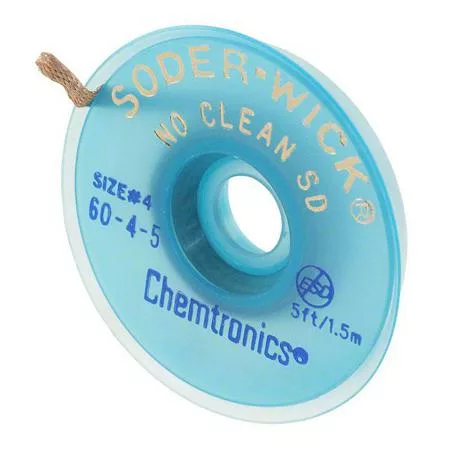
Solder Wick vs. Solder Pump: Which is Better?
Both solder wicks and solder pumps are desoldering tools; they operate differently. A solder pump, also called a solder sucker, uses suction to remove molten solder. They are useful for quickly removing large quantities of solder, especially from through-hole connections. In contrast, a solder wick is a precision tool that relies on absorption and provides greater control in delicate applications in tight spaces.
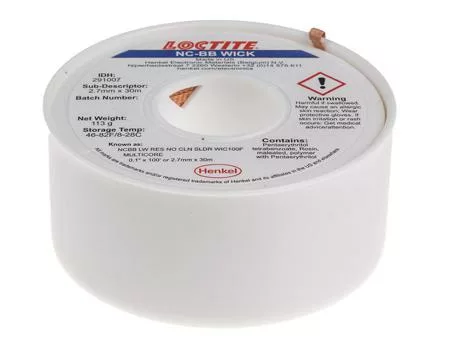
How Important is Solder Wick? Key Reasons for Their Effective Usage
A solder wick is an invaluable tool that makes the soldering and desoldering process far more effective. Here are the key reasons why you need it:
Correcting Soldering Mistakes
Mistakes happen, even to experienced soldering professionals. If you find that you have used too much solder or made a bad connection, a solder wick can quickly and easily clean up the joint without damaging the components or circuit board.
Removing Components for Repair
Whether you are repairing a circuit board or salvaging components, desoldering is an essential skill. A solder wick makes it much easier to remove components without applying too much heat or pressure, which can potentially damage delicate parts.
Tidying Up After Soldering
After you complete your soldering project, you may find that you have some excess solder around the connections. A solder wick can tidy up and remove any residual solder, making your circuit board look professional. It also ensures that there is no risk of solder bridges or short circuits.
Avoiding Damage to PCBs
Using a solder sucker or other mechanical methods to remove solder can sometimes damage printed circuit board (PCB) traces. A solder wick is generally gentler on the board, which helps prevent trace lifting or damage sensitive pads.
When Should You Choose a Solder Wick?
If your work involves delicate electronic components, small pads, or SMDs, a solder wick is likely your best ally. For instance, when working on mobile devices, computer motherboards, or other delicate circuitry, the solder wick’s precision offers significant advantages. In contrast, if you’re working on larger joints or simpler circuitry with ample space, a desoldering pump might be more suitable.
Bottom Lines
A solder wick is an indispensable desoldering tool for any hobbyist, technician, or engineer working with electronics. The ability to correct mistakes, remove components, and clean up solder joints with precision and ease makes it a staple component across various applications. While soldering mistakes can happen to anyone, a solder wick can help you correct those issues and achieve professional, reliable solder joints. In essence, with the proper technique and understanding of its uses, a desolder braid can take your soldering skills to the next level.






